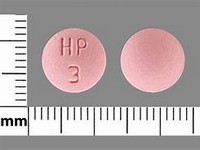hydralazine hydrochloride
CLINICAL USE
Vasodilator antihypertensive agent
DOSE IN NORMAL RENAL FUNCTION
Oral: Hypertension: 25–50 mg twice daily; —maximum daily dose 100 mg in women and slow acetylators, 200 mg in fast acetylatorsHeart failure: 25–75 mg 3–4 times daily —IV: slow IV injection: 5–10 mg over 20 minutes; repeat after 20–30 minutes if necessaryInfusion: 200–300 micrograms/minute initially, reducing to 50–150 micrograms/minute
PHARMACOKINETICS
DOSE IN RENAL IMPAIRMENT
GFR (mL/MIN)
DOSE IN PATIENTS UNDERGOING RENAL REPLACEMENT THERAPIES
IMPORTANT DRUG INTERACTIONS
Potentially hazardous interactions with other drugs
ADMINISTRATION
Reconstition
20 mg with 1 mL water for injection then dilute with 10 mL sodium chloride 0.9% for IV injection or 500 mL sodium chloride 0.9% for
IV infusion
Route
Oral, IV peripherally
Rate of Administration
As above
Comments
Minimum volume of 60 mg in 60 mL.
OTHER INFORMATION
Avoid long-term use in severe renal insufficiency and dialysis patients, due to accumulation of metaboliteshydralazine hydrochloride.
